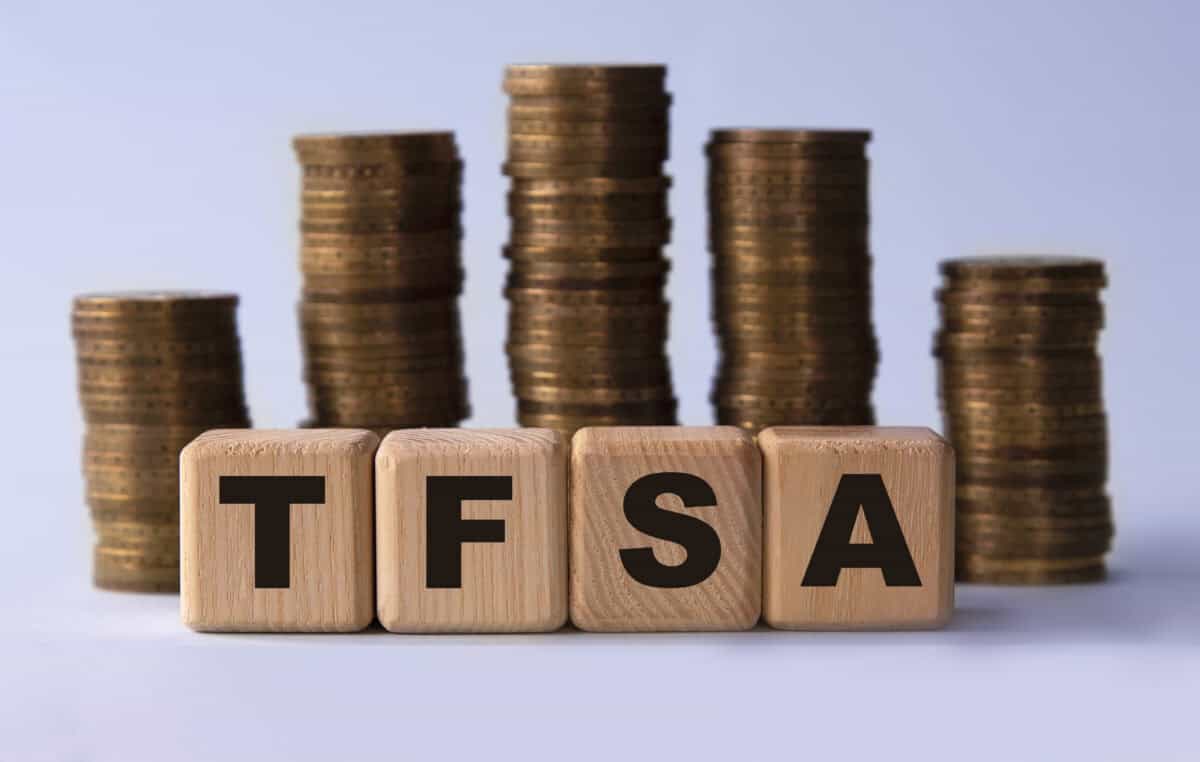With a new year comes new Tax-Free Savings Account (TFSA) contribution room.
And for 2025, the amount is substantial: $7,000.
This sum, when invested tax-free, is worth as much as $10,000 or more invested in a taxable account. The best part is, Canadians who are eligible to open a TFSA this year will accumulate more space as the years roll on. In this article, I’ll explore the TFSA contribution limit for 2025 and how to put it to use.
The limit
As mentioned previously, the TFSA new contribution room for 2025 is $7,000. That means that those who turn 18 this year have exactly that much contribution room. However, $7,000 is not actually the contribution limit for everybody. Those 19 or older have more than that.
The absolute maximum amount of contribution room a person can have is $102,000, which is how much you’d have if you turned 18 in 2009. If you turned 18 somewhere between 2010 and 2024, you can find out your accumulated contribution room by checking the amount on CRA MyAccount.
What to do with your TFSA contribution room
If you have some TFSA contribution room available in 2025, it makes a lot of sense to make contributions. You can’t grow investments tax-free unless you get some money into your TFSA in the first place. So, your first step in your quest to achieve tax-free compounding should be to deposit some money into your TFSA.
After that, you should research investments that meet your needs. If you are very defensive or are saving up money to buy something, then you should invest in Guaranteed Investment Certificates (GICs). These are bank-offered bond-like instruments that pay a fixed rate of interest. Up to $100,000 worth of GIC investments are insured by the government, meaning you can’t lose the principal on the first $100,000 you invest in GICs. If you’re saving up money to buy a house or car, definitely consider GICs. They’re the safest option out there.
If you’re investing more aggressively for the long term, you want to look into stocks or, even better, stock index funds. Stock index funds give you all the compounding power of stocks but with much less risk. Index funds are highly diversified, which spreads your eggs across many baskets. So, they are much less risky than going all-in on an individual stock.
Consider iShares S&P/TSX 60 Index Fund (TSX:XIU) for example. It’s an index fund built on the TSX 60, an index of Canada’s 60 biggest publicly traded companies. When you invest in XIU, you really invest in a cross-section of Canadian businesses. This diversification lowers your risk compared to holding a portfolio of individual Canadian stocks.
XIU has many things going for it in addition to the diversification benefit. First, it has a very low 0.18% management expense ratio. This ensures you don’t lose too much to management fees. Second, it is liquid and widely traded, which means you don’t lose too much to market makers. Third and finally, XIU is a Canada fund, which means you pay no dividend withholding taxes on it. Overall, it’s a great asset to consider investing in.

